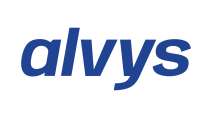TMS Software Providers Tailor Offerings to Meet Fleets' Needs
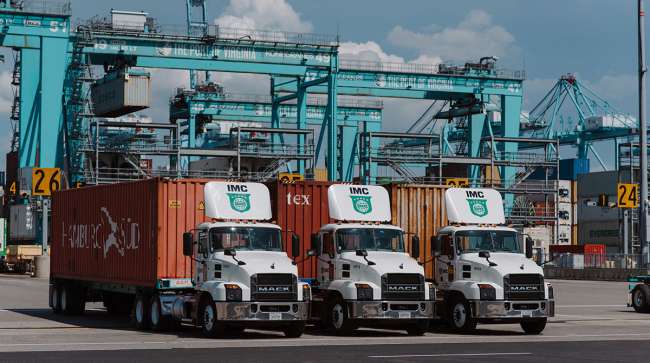
[Stay on top of transportation news: Get TTNews in your inbox.]
In an industry as diverse as freight transportation, the operational needs and priorities of one trucking business can vary drastically from those of the next.
Naturally, this means that the transportation management software that motor carriers and logistics firms use to run their operations is not one-size-fits-all.
Accordingly, TMS vendors have been developing specialized features and offering increased configurability to better suit the unique requirements and nuances of trucking companies operating across numerous industry segments.
“The transportation industry is made up of dozens of niche markets that require a lot of specialties,” said Tom McLeod, CEO of McLeod Software.

McLeod Software CEO Tom McLeod at the company's user conference in Phoenix in 2023. (Seth Clevenger/Transport Topics)
The unique data points, integrations and optimizations of each mode and commodity mean that not every TMS will be appropriate for every use case, said Ben Wiesen, president of Carrier Logistics Inc., a TMS provider focused on the less-than-truckload segment and cross-dock distribution.
“Chances are if you want really good Greek food, you will go to a Greek restaurant rather than a French bistro,” Wiesen said.

Wiesen
Some TMS developers have focused on complete solutions that cater to the unique requirements of specific industries, while others have created products that can be configured to meet each customer’s needs.
“The ability to configure solutions is far more important than customization,” said Jay Delaney, director of product management for Magnus Technologies. “This allows the customer to change how the software works without waiting for custom code, saving them significant time and money.”
McLeod Software has significantly reduced the amount of customization required by increasing its configurability, which appealed to Pamela Wills-Ward, chief people and strategy officer for third-party logistics provider MW Logistics.

Wills-Ward
“Customization is code to me in software-land that it will break,” she said.
Configurability can also be more cost-effective than customized solutions.
“It costs a lot of money to maintain customization because essentially every time you need to update your version, you need to update that customization tool,” said Hans Galland, CEO of BeyondTrucks.
Kelly Williams, vice president of enterprise product management at Trimble, said configurability enables providers to release upgrades faster.
“Probably more importantly than releasing them faster, we can make sure those features can impact the broader movement of goods and hundreds of carriers at the same time,” she added.
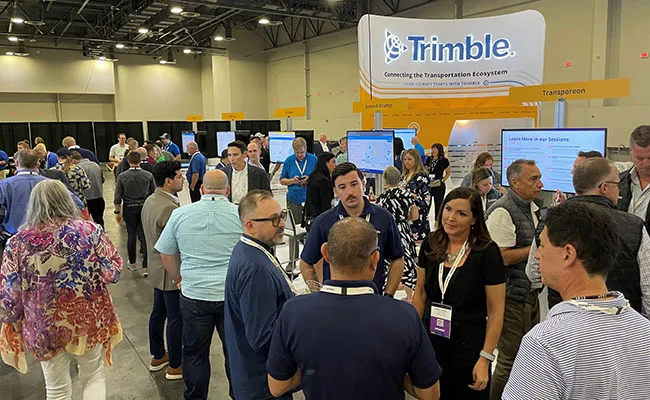
Trimble offers a range of configurable TMS products as part of its technology portfolio for the transportation industry. (Seth Clevenger/Transport Topics)
Finding Commonalities
Different segments of the trucking industry don’t always use the same terminology or have the same priorities. Still, they typically have common workflows, including receiving an order, identifying available capacity, dispatching a load, monitoring its status and invoicing.
“Those are core components to the movements of goods overall,” Trimble’s Williams said.
Trimble is focused on common or leverageable integrations that allow for all those common elements but with the flexibility of the niche. Users can turn data fields on or off and prioritize what is most important for their operations.
While the overall functions of a TMS are consistent across different niches, very much like the function of a car, horse or airplane is to get someone from point A to B, BeyondTrucks’ Galland said how they achieve it is very different, starting with how orders come into the system.
“In the over-the-road space, it may be as simple as an electronic data interchange connection into a shipper, or it could be a carrier picking up the phone or getting a load by email,” Galland said. “The way transportation moves originate can be very sector-specific and requires a unique approach.”
TMS for Bulk Carriers
In the bulk fuel and chemical industries, orders might be generated based on monitoring inventory in storage tanks. Timing is crucial in this business segment due to bulk storage tanks’ limited capacity.
“If you deliver too soon, it won’t fit into the tank, but if you get there too late, the pump or the manufacturer had to shut down,” said George Thellman, director of business development and strategic relations for TrueTMS, which created the TrueLiquid TMS for bulk haulers. “The bulk liquid industry makes up about 10% of the market, which is why it is often overlooked, but has specific needs.”
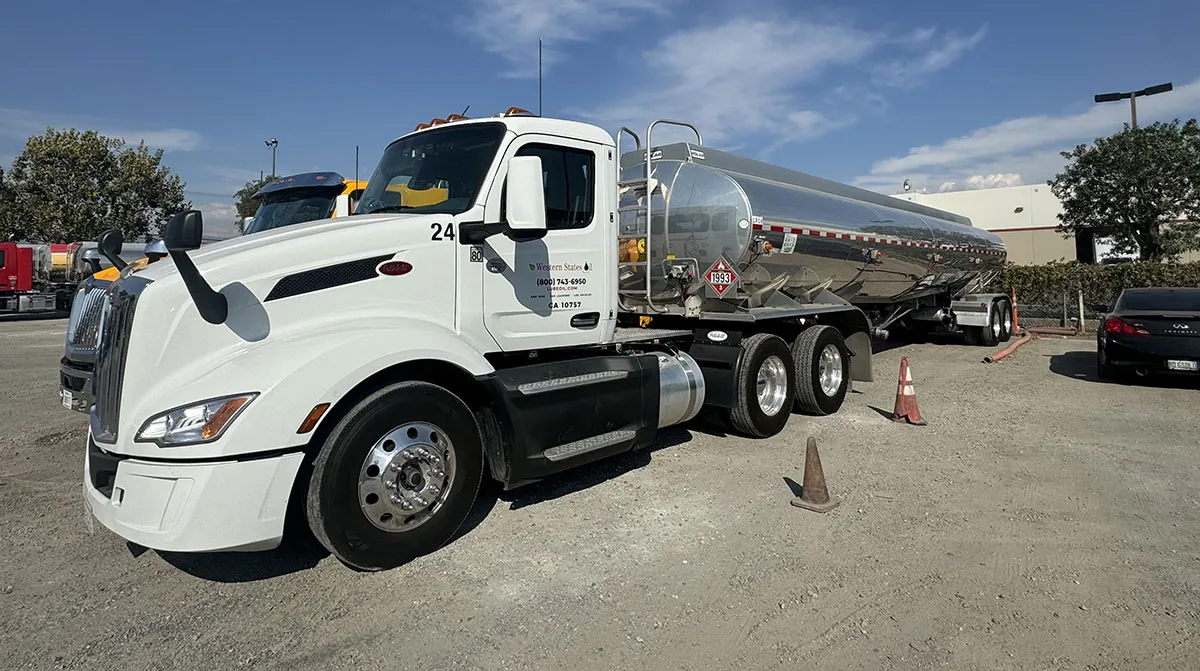
Tank truck carrier Western States Oil uses the TrueLiquid TMS designed specifically for bulk haulers. (Western States Oil)
The petroleum industry often deals with changes in allocations and pricing and adjusts on the fly, said Scott Swain, a manager with Western States Oil, a wholesale distributor and for-hire transporter of petroleum products.
TrueTMS integrates with the fleet’s electronic logging device system and suppliers’ petroleum pricing and allocation data to improve forecasting and scheduling.
“If you have to move a load to a driver or if you have to change a terminal because of pricing or supply situations, you can do it in 20 seconds,” Swain said.

Swain
Bulk carriers also need a TMS that accounts for multi-compartment loading, tank washing, heel management, temperature controls and hazmat commodities.
“They must keep detailed load records and have process guardrails to prevent order cross-contamination,” Magnus’ Delaney said.
In bulk, the commodity dictates where loads go, what equipment is used and driver requirements.
“A general TMS doesn’t care what you’re delivering or the asset,” said Thellman of TrueTMS.
Hazmat loads can create additional driver demands, including shipper-specific certifications or no facial hair due to gas mask usage.
“We’ll store that on a driver profile. If the driver doesn’t meet those requirements, the dispatcher can’t plan that load on that driver,” Thellman said.
Serving the LTL Industry
Tracking and visibility are essential to most carriers but can be more challenging in the less-than-truckload sector, placing additional demands on the TMS.
“Each shipment has to be moved across multiple legs in order to move from pickup point to delivery point,” CLI’s Wiesen said. “That shipment might be on any of a number of cross-docks on any of a number of trucks over its life cycle, even if that life cycle only lasts less than a day, and a surprising number of LTL moves are next-day deliveries.”
Magnus’ Delaney said an LTL carrier’s TMS should include load planning screens so dispatchers can consolidate orders into pickup and delivery routes, support cross-docking and have visibility.
“To do this, fleets need to scan freight as it comes off the trailer, where it is staged at the cross-dock or warehouse, and then onto the next trailer. A fully integrated mobile driver app that supports barcode scanning and recording [over, short and damaged] exceptions is essential to do this,” Delaney said.

Klein
With the growth of e-commerce, more and more LTL freight is delivered to residences, said Nathaniel Klein, chief operating officer for Sun Logistics, which specializes in LTL and first- and final-mile transportation services.
About 45% of Sun Logistics’ freight in New York and Miami requires appointments, up from just 15% 10 years ago, he said. Most of those are for residential deliveries, which can make scheduling difficult, mainly because people often won’t answer their phones for unknown numbers.
Last year the company worked with CLI to implement a text messaging system where customers use a link to make an appointment, Klein said.
For customers using text messaging, return rates due to recipients not being home at the time are 90% lower than with appointments scheduled with a phone call.
“They’re engaged,” Klein said. “They can follow the driver.”
Driving Drayage
The drayage industry has its own complexities, including coordination across multiple stakeholders, such as terminals, railroads, depots, chassis pools, freight forwarders and motor carriers.
“Each of these parties operates with different data standards, making real-time communication and coordination challenging,” said Joel Tracy, chief information officer at drayage provider IMC Logistics.
The TMS needs to connect with systems at port terminals, shipping lines and other third parties to extract data, provide updates and schedule appointments.
“Fleets also need mobile apps to update pickups and deliveries,” Magnus’ Delaney said.
Drayage, in particular, has terminology all its own.

Careccio-Pisano
“From demurrage fees to detention and container last free day, there are many unique terms exclusively for this industry,” said Toni Ann Careccio-Pisano, chief customer officer for PortPro, a TMS designed for the drayage industry.
PortPro has focused on digitizing all the manual processes that wasted carriers’ and drivers’ time, energy and money while enabling carriers to track a container’s status and 13 other data points, including last free day.
“If not, they’ll incur significant fines,” Careccio-Pisano said.
RoadEx America, an asset-based drayage provider, moved to PortPro about two years ago and used it to increase data sharing and real-time visibility.
“Customers want to see their containers move like I track my Uber Eats lunch,” said Lisa Wan, the carrier’s executive vice president of operations.
Customers can access containers’ locations once a driver is dispatched. Office staff and customers also can view important information and documents, eliminating back-and-forth emails.
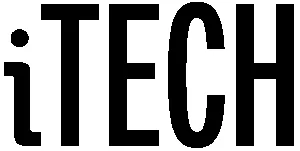
READ MORE
► TMS Software Providers Tailor Offerings to Meet Fleets' Needs
► How AI Is Shaping the Next Generation of TMS Development
► TMS Products for Freight Brokerages Focus on Efficiency
► Cybersecurity Firm Irdeto Turns Focus to Trucking
► Dysart: A Cybersecurity Playbook for Trucking in 2025
“How fast you can move cargo is defined by the laws of physics, but you can share your data almost instantly,” Wan said. “That is important to differentiate our service.”
IMC Logistics, which ranks No. 33 on the Transport Topics Top 100 list of the largest for-hire carriers in North America, developed a proprietary TMS to meet its needs, improve data sharing across stakeholders, minimize delays and provide a real-time view of shipments from the port to final inland destination.
Tracy said IMC’s in-house system allows the company to adapt to industry changes faster than with off-the-shelf software and gives the business a competitive edge.
Within its system, IMC tracks the chassis that carries the container and the container itself and validates container numbers to ensure they are accurate and tracked effectively, all of which is less common compared with traditional over-the-road trucking.
Drayage operations frequently involve returning empty containers to designated locations. “Managing these returns efficiently, based on shipping line agreements and terminal requirements, is a specialized function not typically needed in other segments of transportation,” Tracy said.
As IMC has expanded its zero-emission vehicle fleet it has added functionality to its TMS to track carbon emissions.
“This allows us to monitor and report on our environmental impact, ensuring we meet both regulatory requirements and sustainability goals,” Tracy said.
Meeting Other Niche Needs
Carriers serving the agricultural and automotive industries also have needs that differ from other sectors.
Agricultural carriers may need to keep food kosher, wash trailers between products, or sequence pickups and deliveries.
“You could have cross-contamination issues between a chicken farm and hog farm that could essentially wipe out an entire population of hogs,” said Galland of BeyondTrucks.
Agriculture customers often use BeyondTrucks’ offline mode, which uses temporary storage capabilities to capture and store data when drivers lack cellphone coverage and transmit it later when a connection is established.

Galland
Magnus’ Delaney said auto haulers must respond rapidly to customer rate requests according to vehicle identification numbers and respond to load tenders. Magnus’ customers can rate orders by VIN and build loads based on individual vehicle orders.
“Another unique feature decrypts VINs and drives business logic from them,” Delaney said.
Auto haulers frequently work with other auto haulers and need a TMS platform that eliminates the re-entry of order data, such as VINs, rates and customer details.
Data sharing is also a critical feature for third-party logistics providers, so they need a TMS that integrates with their shipper customers’ enterprise resource planning systems and with an internal or external warehouse management system through electronic data interchange and application programming interfaces, Delaney explained.
For 3PLs, automation can reduce the risk of errors and increase efficiency. When switching to McLeod, MW Logistics was able to automate about 95% of its billing.
“We took the opportunity when going to McLeod to really look at our processes,” Ward said. “That allows you to have time to do those things that you keep backburning or have more meaningful conversations with customers.”
MW Logistics has configured its systems so carriers can instantly view their payment cycle, which has cut down on calls to the back office.
Bringing information together within the McLeod TMS has also improved MW Logistics’ communication internally and with shippers and carriers while enhancing its reporting capabilities.
“We’re giving our shippers information that is meaningful. We are using data on what we’re seeing so we can show them trends,” Wills-Ward said. “Our customers have really appreciated that.”
On the operations side, MW Logistics has set up alerts so stakeholders know if something isn’t moving like it should.
“We want to be able to see the barriers that are keeping you from being successful that day,” Wills-Ward said.
As a fourth-party logistics provider, Redwood Logistics allows its customers to pick their technology, including their TMS and warehouse management system, and weaves them together with an integration layer called Redwood Connect.
“This allows folks to pick whatever TMS works best for them, but still get the benefit of the data sharing and the connectivity so they can build their own digital ecosystem and physical ecosystem,” said Eric Rempel, chief innovation officer at Redwood Logistics.
Procurement planning, optimization, execution and settlement tendering could be successful on a lot of platforms, but configuration is key.
“It’s a function of configuring that workflow to meet your business needs,” Rempel said.
Redwood Logistics analyzes customers’ workflow to understand how the business operates, automates where possible and assigns exception management to get a return on investment out of the TMS, “no matter which one you use,” Rempel said.
He added that it is common for carriers to underinvest in technology.
“You can run an analysis on what it would mean to operations if you brought in this level of automation and then put a number behind it,” he said.
Redwood Logistics ranks No. 45 on TT’s Top 100 list of the largest logistics companies in North America.
Want more news? Listen to today's daily briefing below or go here for more info:




